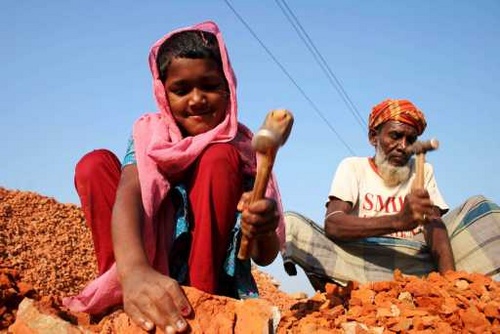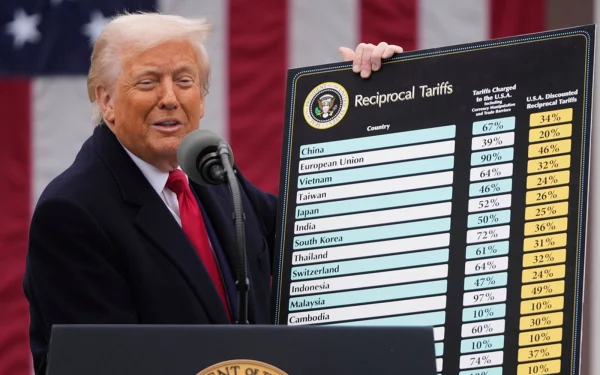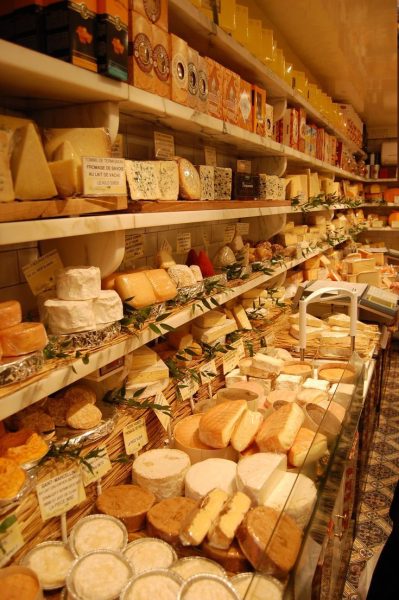Indian Child Labor in the Beauty Industry

Children in India mine for mica in dangerous working conditions.
Child labor is a sad reality that has always plagued history. In many developing countries, child labor is still common in rural areas. Several makeup products are made from children mining minerals such as mica to produce eye shadow palettes, highlighters, and lipsticks. Mica is known for having a shimmering quality that radiates in certain makeup products. Most mica is from India, where impoverished children work in illegal mines that the Indian administration has no affiliation with. Many makeup products are cruelty or animal free, but what about child labor free?
India is one of the largest mica producers in the world. Many poor children who cannot afford to go to school must help their families by gaining access to resources such as food and water and turn to mine for income. According to Refinery29, 25% of the world’s mica comes from the two Indian states, Bihar and Jharkhand, and is most commonly found in rocks and caves. Although mining is hazardous and can result in death, some children have no choice but to make money to support their families. However, mining is a tiring and labor-extensive process consisting of both collecting and separating minerals. Breathing in mica mine dust can cause infections, disease, and permanent damage to the lungs. If the mines collapse on laborers, children immediately die. Many young kids fear breaking their bones and developing massive injuries after working at the mines. Some have even died. Even more dangerous, the caves are dark, making it difficult to see anything without the sunlight. And amidst this dark abyss, children are expected to climb ladders to enter these mines. The compensation for such lethally extensive labor is minimal. Many children are given low wages for all they do, with estimated severance at 34-40 US cents. In just two states in India, over 22,000 children work in these mines, some children as young as five. With no money to support themselves, children are enduring horrific occupational circumstances to produce the sparkly cosmetics that so many of the world’s population relish.
After children collect mica, the mineral is transported in trucks across the country to export to makeup companies throughout the world. Carrying mica from children is illegal, but by the time they are shipped to other countries, traders lie about who was involved in the mining process and can erase the record of the children’s work from legal documents. Once mica is transported, the makeup companies are often unaware of the origins of the product. According to Financial Express, “it is challenging to keep track of where the raw mines come from and the purchasing of mica”. Companies such L’Oréal, Estée Lauder Companies, LVMH, Coty, Chanel, and Shiseido, and other cosmetic conglomerates are big consumers of mica. Keep in mind, although child labor is illegalized in the USA, there is a huge possibility that the products we purchase are from brands that unknowingly exploit off child labor elsewhere. Some of these companies refused to disclose where their mica was retrieved from. However, some corporations are seeking out alternatives to reduce mica usage in their products. According to Refinery29, UK-based Lush Cosmetics has been very vocal about its decision to no longer use real mica, but instead, implement synthetic mica in its products. Their products are made out of biodegradable shimmer pigment created in a lab and do not require much manual labor. Lush announced that its products were mica-free as of last year. The company has stated that it does not wish to purchase minerals from areas where children have died or were injured.





